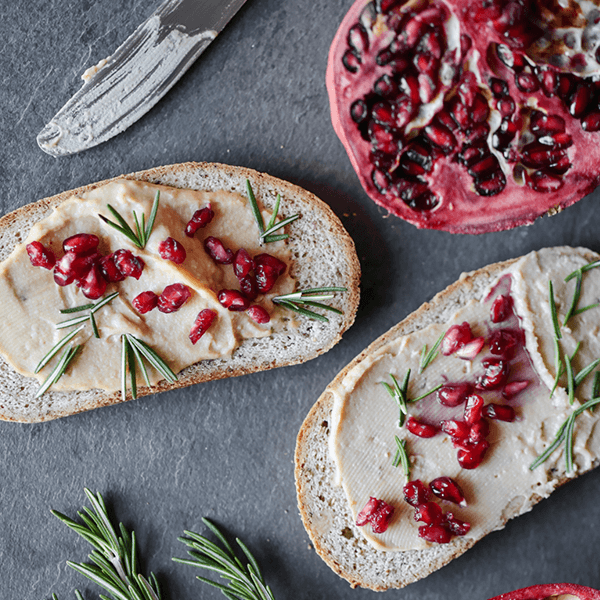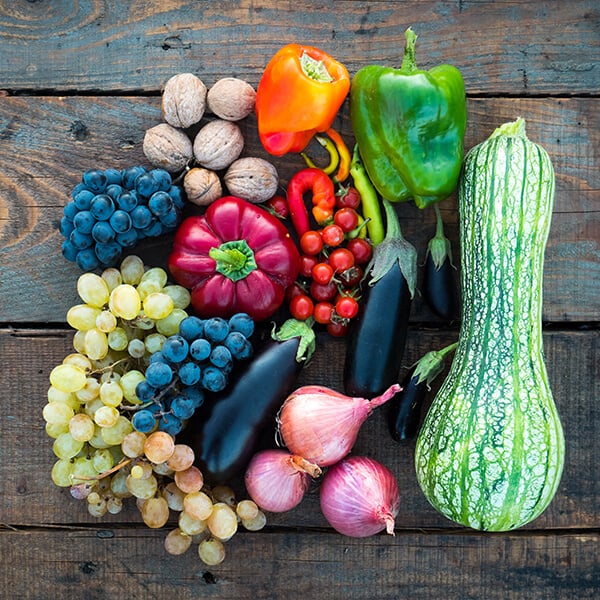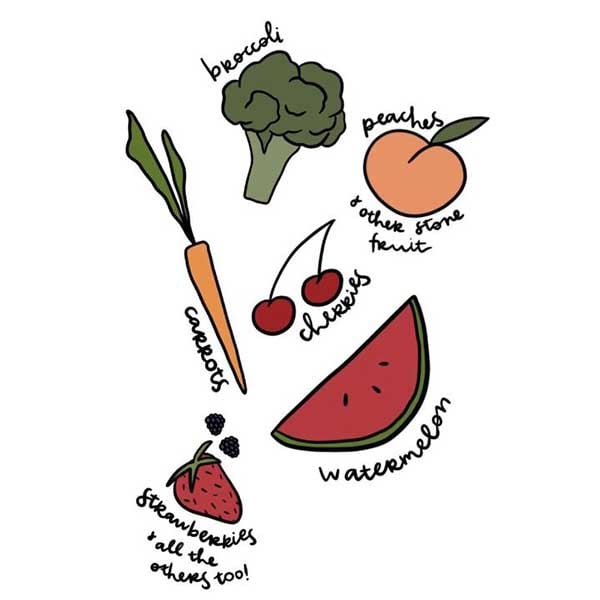t’s that time of year again! Flowers are blooming and colors are bursting all around you. It is also when allergies can be a challenge but we are here to help! Did you know the food you eat can impact your seasonal allergies? Get ready to learn all about Histamine. It's time to naturally guard yourself against Mother Nature’s pesky side effects through food!
What is Histamine?
What’s behind all of the seasonal itching and sneezing? A naturally occurring compound called histamine! Histamine acts as a signaling molecule and plays several physiological roles in the body, including triggering allergic reactions when produced in excess. Histamine is also found in many foods such as chocolate, cheese, fish, vinegar and wine.
Think of your body as a thermometer. As you eat foods that are high in histamine the gauge goes up little by little. Then if you go outside in pollen-filled air, it goes up even more as your body releases it in response to triggers. Soon your body starts to show symptoms of histamine overload, such as itchy eyes, sneezing, runny nose, headaches… all of your common allergy symptoms!
It only seems logical then, while there are more triggers in the environment, such as during spring and fall, to reduce the histamine found in your diet. There are also many foods that naturally reduce histamine and allergy symptoms, so balancing the right foods at the right time of year is key!

Eating with the Seasons
We’ve all heard of seasonal foods and how eating with the season can be beneficial. What does that mean for allergy sufferers? A low histamine diet combined with foods and herbs that reduce histamine naturally during high allergy season is a good place to start. With a balanced approach, many individuals find that they no longer need their antihistamines!
There may already be foods that you know you are allergic to, based on how you feel when you eat them or maybe you have had allergy testing done. As evolved humans, we have lost some of our innate abilities to determine which foods we should be eating and when. The more you pay attention to the subtleties and nuances in your body, you can gain back your skills in listening to the body’s cues. These cues can range from dry mouth, stuffy ears, stomach cramps, itchy skin and more… all illustrating a bigger picture of your health and food tolerances!

Food List Knowledge
Having the right list handy when you shop for food will help you make informed choices that will benefit your body during allergy season. With so many lists out there these days it’s hard to know which one to follow! Here’s a start on what to add to your diet and what to avoid.
High histamine foods (avoid or reduce):
- Fermented foods like aged cheeses, sauerkraut, kombucha, and vinegar
- Processed meats like salami, pepperoni, and ham
- Certain fish like tuna, mackerel, mahi-mahi, and sardines
- Some fruits and vegetables like tomatoes, spinach, eggplant, avocado, and anything overripe
- Alcoholic beverages like wine, beer, champagne, and especially red wine
- Leftovers and foods that have not been stored properly
- Sweets like chocolate and processed sugar
Low histamine foods (enjoy these):
- Blueberries, apricots, cranberries, mango, peaches
- Onion, sweet potatoes, asparagus, broccoli, squash, cucumbers, beets
- Butter, cream cheese, pasteurized milk, eggs in small amounts
- Freshly cooked meat and poultry
- Potatoes, corn, rice, oats
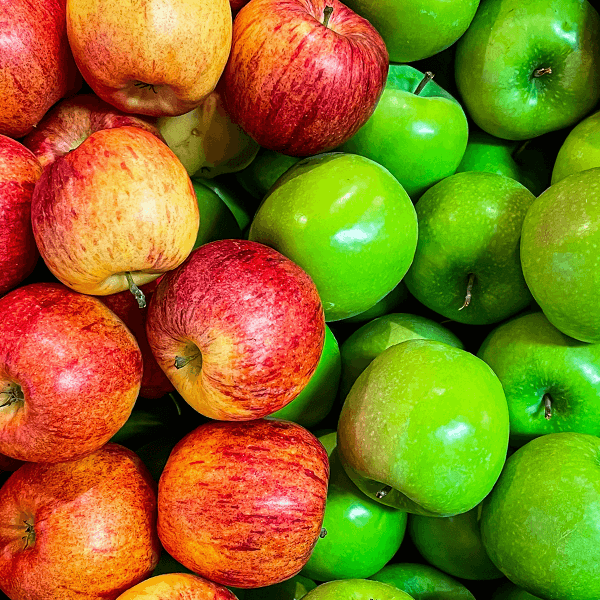
Histamine-reducing foods (for relief):
- Apples, pomegranate
- Butternut squash, fennel
- Quercetin-rich foods
- Black rice, amaranth
- Holy basil or peppermint tea
- Spirulina
- Ceylon cinnamon, turmeric, ginger
- Thyme, parsley, stinging nettle and butterbur
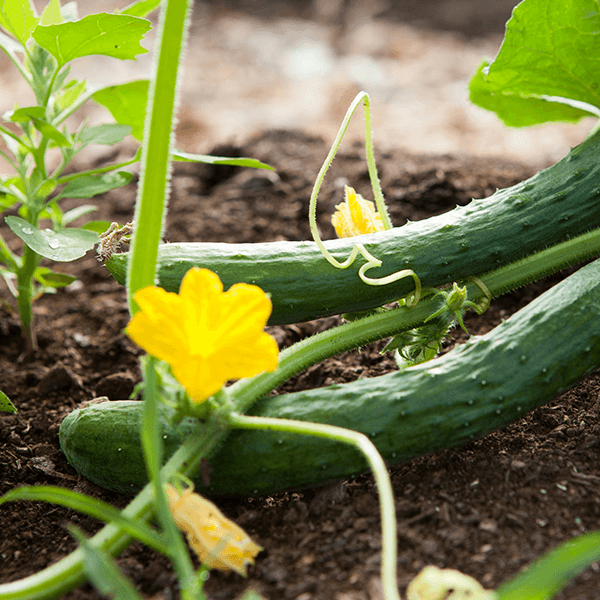 There are many good lists online. Here are a few:
There are many good lists online. Here are a few:
Food List, Managing Your Diet
The Histamine Intolerance Food List - 187 Foods to Eat and Avoid on a Low Histamine Diet
16 Natural Antihistamine Foods (Plus Benefits!)
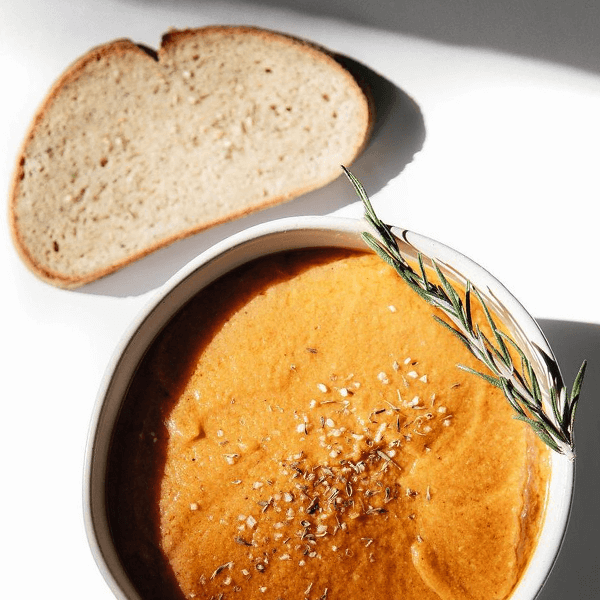
Listen to Your Body
It is imperative to listen to your body and consult your health team when making any dietary changes. A good way to keep track of your progress and share your results is with a food journal. Write down what you eat for each meal and start to track how you feel afterwards. You may be surprised at what you were not paying attention to before!
Treat it like a science experiment and have fun working towards a goal for yourself. Maybe it is reducing histamine-based foods 5 days a week and allowing yourself to have a few treats on the weekends! It is easy to see that a lot of the “fun foods” are high in histamine, but that does not mean you can never have them as an allergy sufferer. Just that eating them, for example in the winter in small amounts, is a better choice rather than in the middle of weed season!
Overall, if the goal is less sneezing and itching this season, it is best to look at all parts of the puzzle and begin to find relief through proper food choices.
- - - - - -
Kellie is a Certified Ayurvedic Digestive Health Coach, Yoga Teacher, and an inspired foodie! After battling autoimmune issues, she found wellness through a gluten-free and vegetarian lifestyle. Her goal is to promote healthy living and inspire others to feel good. Thank you Kellie for such a wonderful article!

